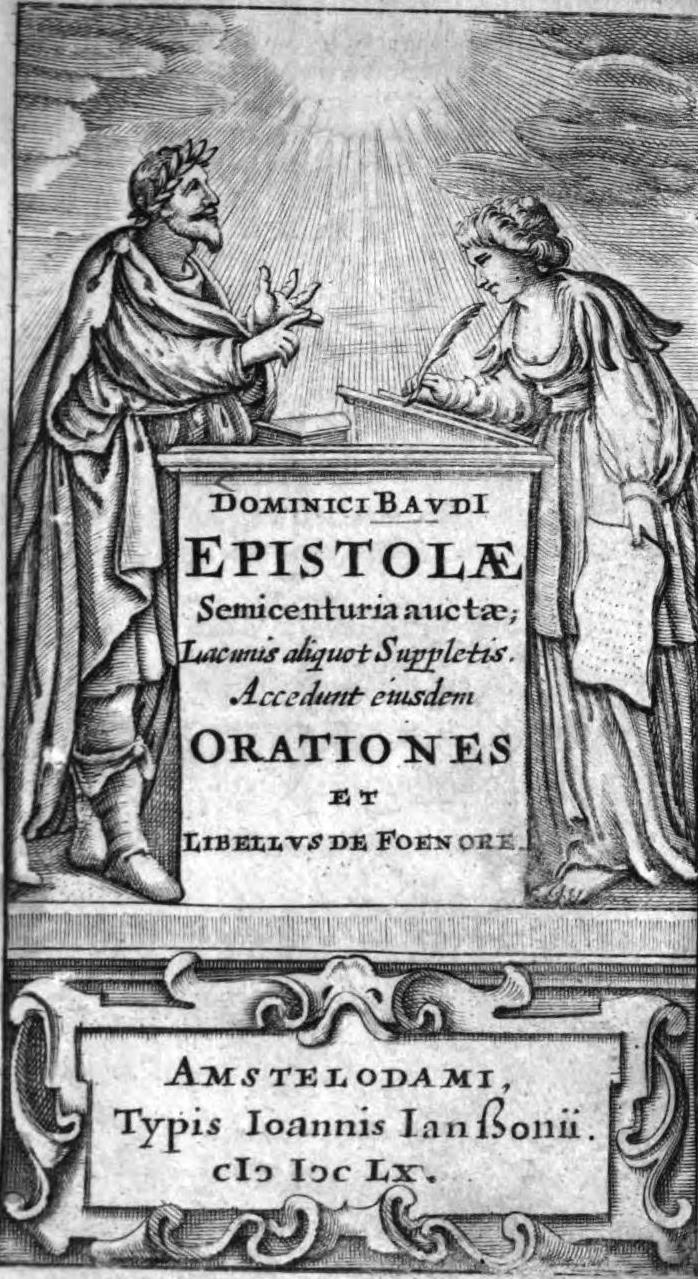Baudius' Letters
Fourteen editions of Dominicus Baudius’ correspondence were printed between 1615 and 1662. Why do we need another edition?
First of all, the frequency of the earlier editions is a phenomenon worth studying in its own right. Why were Baudius’ letters so popular during the first six decades of the seventeenth century but never reprinted after 1662. Had his writing style fallen out of fashion, or had the market for editions of his epistles been saturated? By editing Baudius’ correspondence and carefully studying the history of its publication the project will provide a better understanding of the reasons behind his sustained popularity and subsequent neglect. In so doing, the project will shed light on epistolography as a literary genre in the early modern period. Moreover, the printed text of the existing editions presents numerous problems. The order in which the letters are presented is often unclear or misleading. Most problematically, the seventeenth-century editors of the correspondence censured many of the letters by removing names and suppressing substantial passages. With the help of manuscript evidence, this project will restore these letters and study how censorship in early modern correspondences worked. Finally, the new edition that will result from this project will include many letters that have never been published before.
Baudius’ letters also offer important evidence about the cultural, religious, and political history of early modern Europe. He was an observer – and in some cases actor – in the religious wars in sixteenth-century France, the Dutch Revolt, and the rising tensions between different factions of the Reformed Church (Remonstrants and Counter-Remonstrants). Baudius also had a knack for building and maintaining friendships. He was the correspondent of important scholars, diplomats, politicians, and other intellectuals across Europe, including Justus Lipsius (1547-1606), Joseph Scaliger (1540-1609), Isaac Casaubon (1559-1614), Jacques Auguste de Thou (1553-1617) and Hugo Grotius (1583-1645).
Baudius’ correspondence makes for genuinely rewarding reading. His style combines elegant Ciceronian sentences with elements taken from a broad range of other classical authors in Greek and Latin. His irony and sly humour can still surprise and entertain. His letters contain news and gossip, but also blunt opinions and shrewd assessments of scholars, poets and public figures. Contemporaries enjoyed his frankness, but decided, rightly, that full publication of his letters would embarrass many people. Hugo Grotius wrote about his friend Baudius that no painter could paint a better picture of him than Baudius himself through his writings. By editing Baudius’ letters and unpicking their censorship this project will not only restore his correspondence but also the image of the man himself.


